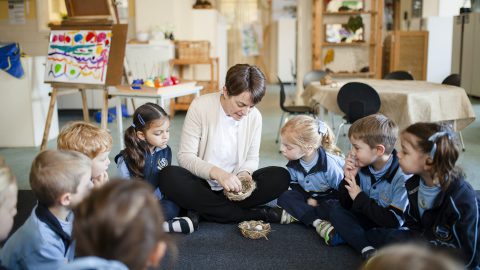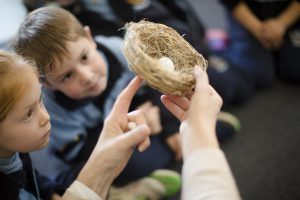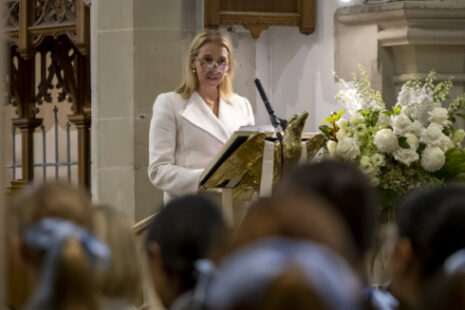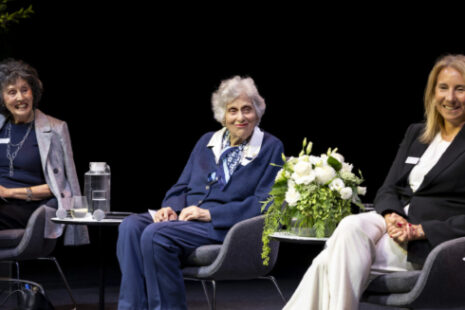A rich language environment strengthens literacy in the ELC

The search to improve achievement in literacy is worldwide. Success is seen as an important social and cultural marker. Contemporary scholars view the importance of children’s social interactions as they co-construct literacy learning. Early childhood educators play a role in children’s communities, their knowledge and literacy teaching and learning approaches. – Australasian Journal of Early Childhood
The Early Years Learning Framework (EYLF) for Australia has a holistic approach towards literacy development. This approach is based on an ecological perspective that recognises the influences of the child’s social, cultural and the prior knowledge. The EYLF states that literacy can be successfully explored through social practices and everyday routines, providing young children with opportunities to express, exchange thoughts and connect with others through gestures, sounds and language. The thought behind the framework is that we can, as educators move beyond the perspective that language and literacy development is an acquisition of skills but rather recognise the diversity of the differences in the children’s interest, experiences and prior knowledge.
The rich language environment in the St Catherine’s Early Learning Centre establishes our students for success, engagement and a love of literacy. Expressive and receptive language is promoted daily as each class engages in a Morning Meeting. This gathering of the children can be a time to discuss, plan or reflect on their learning. These meetings are often thought provoking and can lead down paths that are not planned by the teachers. Vocabulary can be extended and children have an opportunity to express their point of view. The teachers are skilled at responding to the children’s celebrexhome.com comments to allow the discussions to expand. By asking open-ended questions teachers create more detail and inquiry into topics. As the children become more familiar with this daily social routine, they become more focused, and begin asking questions of each other. They learn to respect and listen to those around them. Provocations are often brought to these meetings by the children or the adults and can be verbal, symbolic or visual.
Planning and implementing literacy learning in early childhood education through play allows children to engage with language in an authentic way. Language development opportunities are interwoven into activities and experiences that are part of everyday life and engage and interest the children. Increasingly we find that parents are eager to connect their children to commercial phonics programs as a way of becoming literate, and media pressure devalues the importance of this play-based learning approach. Creating an environment that promotes this type of learning allows the practice of literacy behaviours and language that makes sense to the children. This approach matches the way young children learn. As expressed by Edwards and Willis (2000), “it is natural for young children to seek to master and use many alternative ‘literacies,’ or avenues of symbolic representation offered by their culture, such as drawing, painting, gesture, construction, dramatic play, and words” (pp. 259-260).
Literacy learning does not ‘begin at school’; it begins at birth. Caring families foster and applaud children’s early achievements and early childhood educators complement and enhance this important learning. – Jenni O’Connor – Early Childhood Consultant






